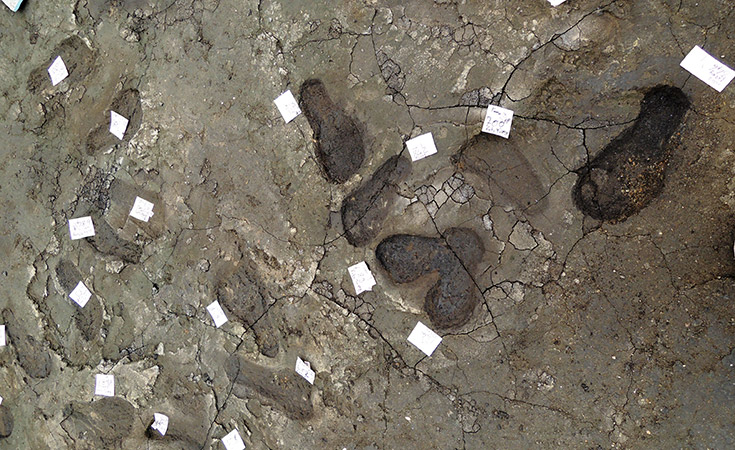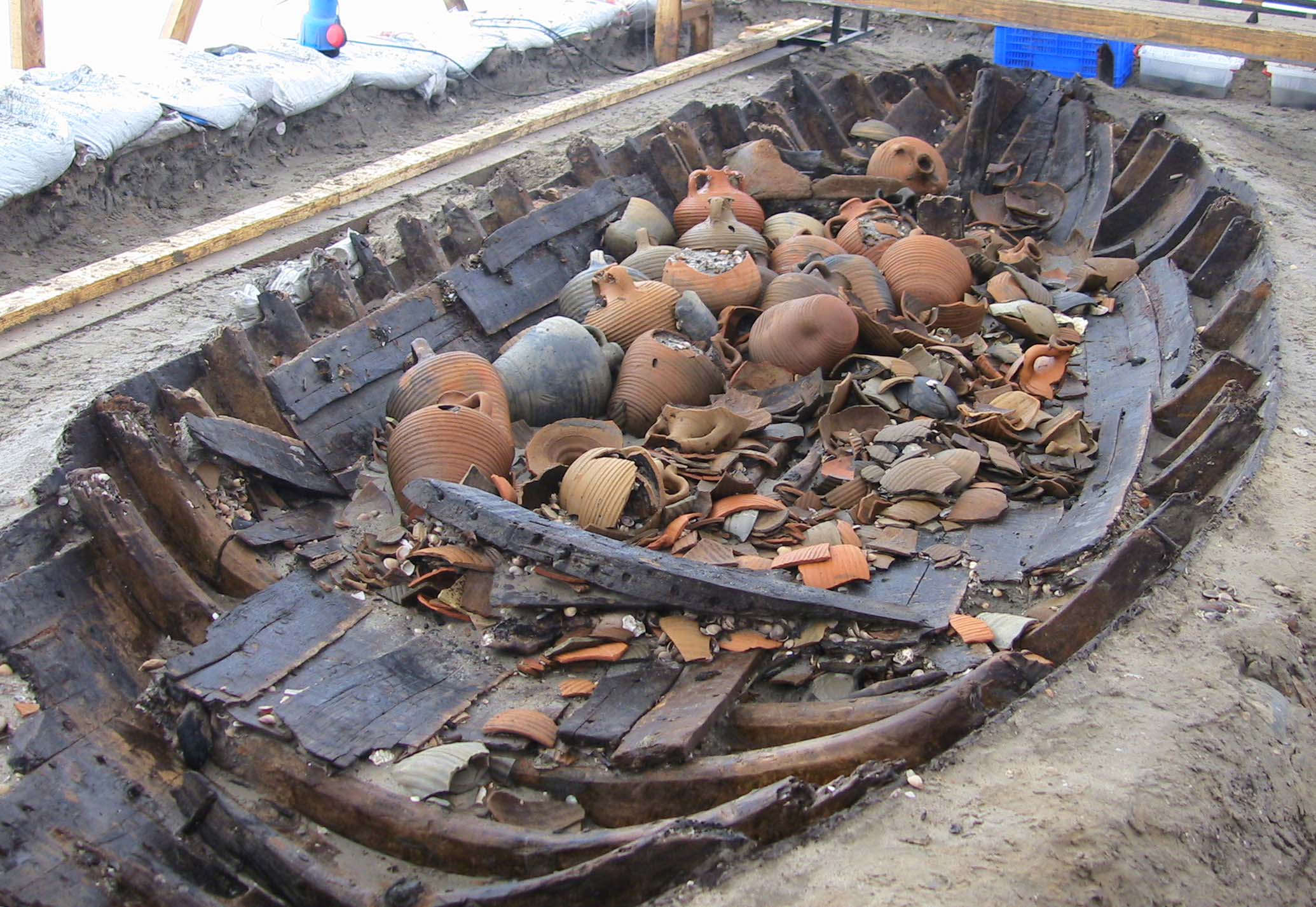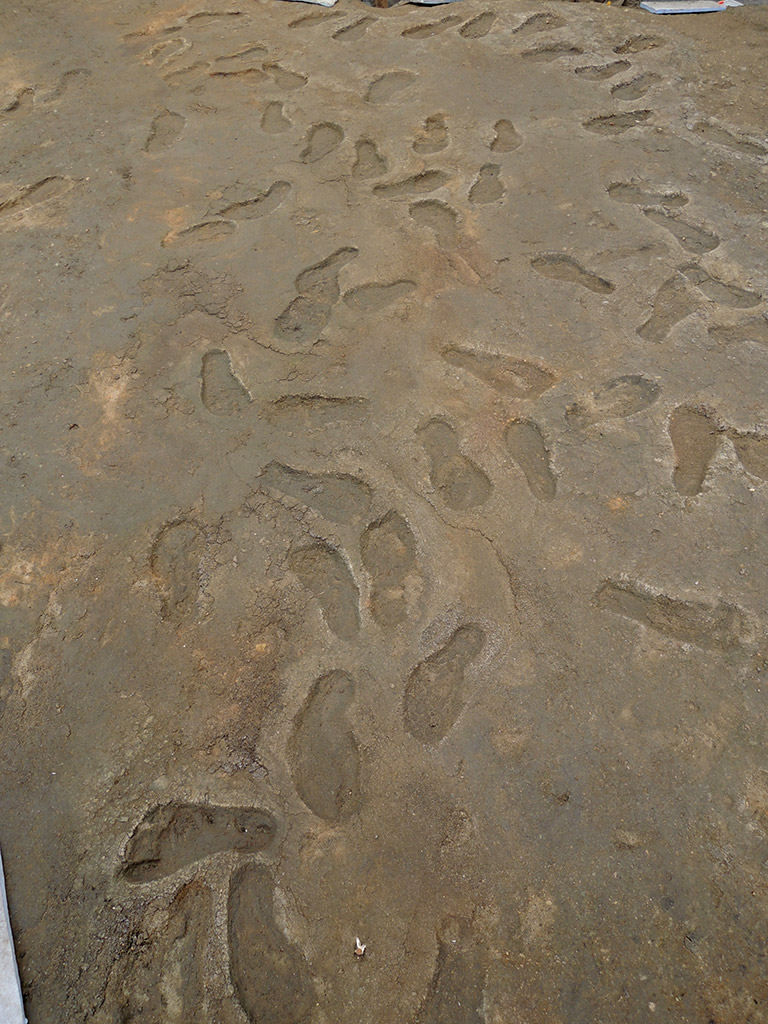Istanbul, the 2010 Cultural Capital of Europe, is a metropolis with a great significance for many periods of history. It has been home to many different cultures and civilizations and continues to preserve the legacy of both the Ottoman and Byzantine Empires.
Alongside its glamorous historical treasures, this old city has made many great strides overcoming difficulties and has developed into a modern city throughout history.
In one of recent giant projects of Istanbul, the Marmaray and Metro projects – Turkey’s largest rail project by Ministry of Transportation and the Greater Istanbul Municipality – a number of important archeological discoveries were made around the construction sites of the Üsküdar, Sirkeci and Yenikapı stations. These discoveries led to archeological excavations, beginning in 2004, by Ministry of Culture and Tourism and the General Directorate for Cultural Preservation and Museums and show that Istanbul’s history goes even deeper than previously thought.
During the construction of the Marmaray Railway and Yenikapı metro station, the construction unexpectedly turned into one of the most extensive archaeological excavations in the history of Istanbul when an archeological discovery turned out to be the Theodosius Port, the largest port of the Early Byzantine Period.
The port was built by Theodosius I (r. 379-395) on the Marmara Sea Coast at the mouth of the Lykos (Turkish: Bayrampaşa) stream in order to meet the needs of the Roman Empire’s new, growing capital. The Theodosius Port continued to be used into the 11th Century and research into the artifacts unearthed on the site is ongoing.
The discovery of the Theodosius Port and the Neolithic settlements, in conjunction with important finds in Sirkeci and Üsküdar from the Byzantine and Ottoman periods, have had important consequences not only for our understanding of the city’s history but for world history as well. The Neolithic settlements at Yenikapı mean that the history of settlement on the historical peninsula goes back at least 8,500 years.
In the region to the west of the Yenıkapı excavations and known today as the “100 islands” the remains of sea walls, a dock made of large stone blocks, and a breakwater were discovered. As a result of this discovery the decision was taken to preserve the site and plans for a station to be built in the area were canceled. Now under protection, the area will eventually open to visitors as a park.
- kayık























